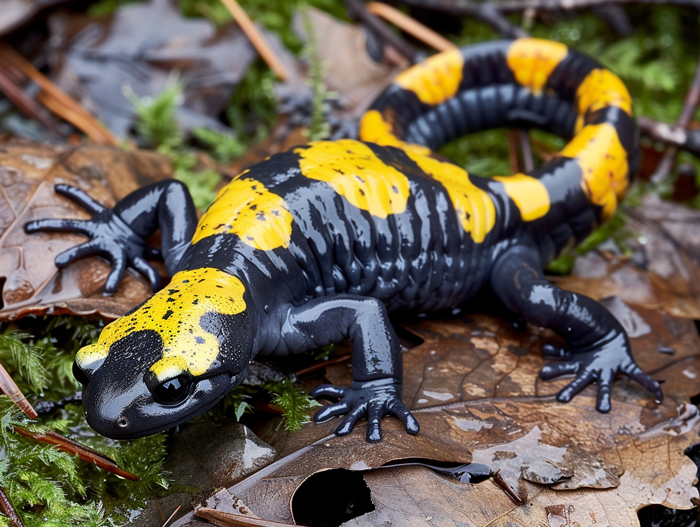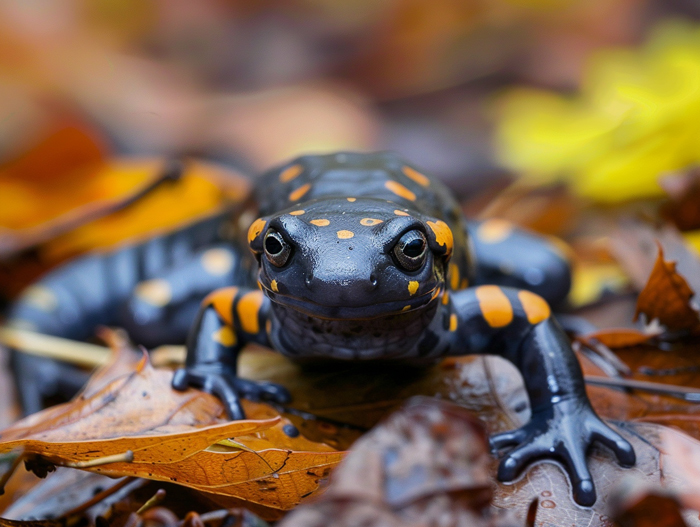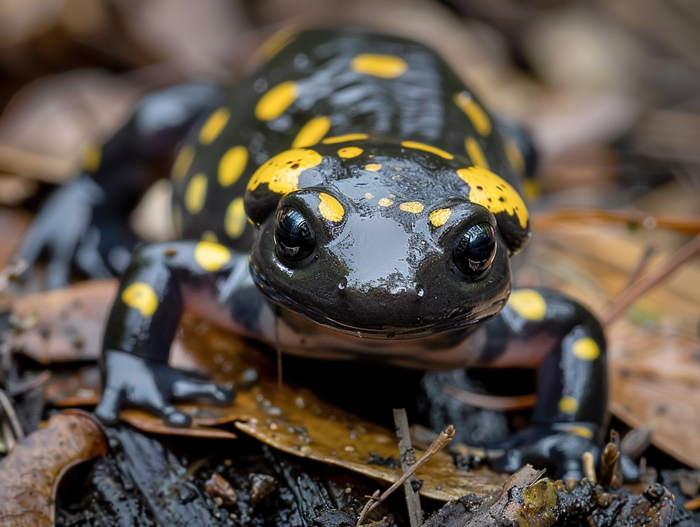Curious about salamanders and their claws? Wondering if these fascinating creatures have claws like other animals? In this text, we’ll jump into the world of salamanders and explore whether they possess claws or not. You’ll uncover interesting facts about these amphibians and their unique features, shedding light on their anatomy and adaptations.
Salamanders are known for their distinct characteristics, but do they have claws to aid in their survival? Understanding the anatomy of salamanders can provide insights into their behavior and habitat preferences. Join us as we unravel the mystery of salamander claws and investigate into the world of these intriguing creatures.
Key Takeaways
- Salamanders possess small, curved claws on their toes that are crucial for gripping surfaces and aiding in mobility.
- The claws on salamanders serve multiple functions, including climbing, digging, hunting, and defense.
- Different types of salamanders, such as Land Salamanders and Aquatic Salamanders, have claws tailored to their environments.
- Salamanders rely on their claws for hunting, feeding, defense against predators, and navigating through their habitats.
The Anatomy of Salamanders

External Features
Salamanders, known for their unique characteristics, possess four legs and a tail. They showcase webbed feet and moist skin to aid in respiration. These creatures also have small, curved claws on their toes, crucial for gripping surfaces as they navigate their environment.
Internal Features
Within a salamander’s anatomy lies a skeleton, primarily made of cartilage, providing flexibility for their movements. Their heart beats slowly compared to other animals, allowing for efficient oxygen uptake. Also, salamanders have lungs for breathing on land and gills for underwater respiration.
Claws on Salamanders

Presence of Claws
Salamanders have small, curved claws on their toes, aiding in gripping surfaces as they move. These claws are essential for their mobility and navigation through various terrains.
Function of Claws
The claws on salamanders serve multiple purposes, including climbing, digging, and catching prey. They play a crucial role in the salamander’s survival and daily activities.
Types of Salamanders with Claws

Land Salamanders
- Land Salamanders, such as the Eastern Red-backed Salamander, possess strong, sturdy claws.
- These claws aid in burrowing into soil and grasping onto rough surfaces for movement.
- Land salamanders use their claws for hunting small insects and defending their territories.
- Aquatic Salamanders, like the Eastern Newt, also have claws tailored for their environment.
- Their claws are webbed, helping them swim efficiently in water.
- Aquatic salamanders use their claws to capture prey underwater and navigate through aquatic vegetation.
Importance of Claws for Salamanders

Hunting and Feeding
Salamanders rely on their claws for hunting and feeding in their natural habitats.
- Claws help them grip and capture prey effectively.
- They use claws to dig into the ground, uncovering insects and small creatures.
- Essential for grasping and securing food, claws are vital for their survival.
Defense Mechanisms
- They use their claws to ward off predators and protect their territories.
- Claws aid salamanders in escaping threats by providing traction and stability.
- In dangerous situations, these specialized adaptations offer a means of defense.
Conclusion
Salamanders’ claws play a vital role in their survival, aiding in hunting, feeding, and defense. These specialized appendages enable salamanders to grasp prey efficiently, excavate for food, and protect themselves from predators. By providing traction and stability, claws are essential adaptations that help salamanders navigate their environment and ensure their safety. Understanding the significance of claws for salamanders sheds light on the intricate mechanisms that contribute to their survival in the wild.

Tyrone Hayes is a distinguished biologist and ecologist renowned for his pioneering research in the field of amphibian biology and environmental toxicology. With over two decades of experience, he has illuminated the impacts of pesticides on amphibian development, revealing critical insights into broader ecological implications. Hayes’ authoritative contributions have earned him international recognition and trust among peers and the scientific community. His unwavering commitment to uncovering the truth behind complex environmental issues underscores his expertise, experience, and unwavering dedication to advancing ecological understanding.
